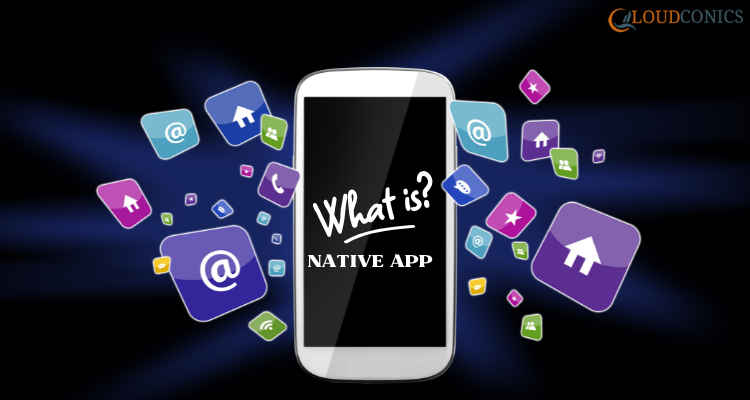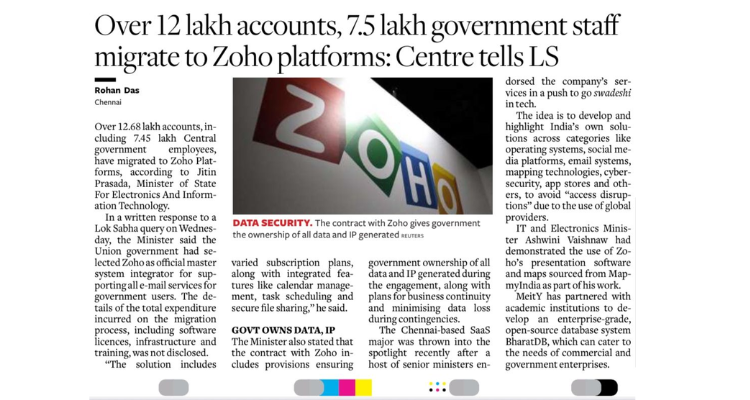
 December 19, 2025
December 19, 2025
What Is a Native App? (A Beginner’s Guide + Examples)
In today’s mobile-centric world, native apps have become a go-to solution for businesses looking to enhance user engagement and provide exceptional performance on mobile devices. But what exactly is a native app? How does it compare to other app types, and why should businesses consider it for their mobile app strategy? This guide will take you through the fundamentals of native app development, its advantages, and why it might be the best choice for your business.
What Is a Native App?
A native app is a mobile application developed specifically for a particular operating system—iOS or Android. Native apps are built using platform-specific programming languages and tools, which makes them highly optimized for the device they’re designed for. These apps are downloaded from official app stores such as the Apple App Store for iOS and Google Play Store for Android.
Native apps are tightly integrated with the device’s operating system, which means they are more efficient in terms of performance and user experience compared to other types of apps. They provide users with seamless, fast, and interactive experiences while leveraging the full capabilities of the device.
- For iOS: Native apps are typically built using Swift or Objective-C.
- For Android: Native apps are built using Java or Kotlin.
By choosing native development, businesses can deliver apps that fully utilize the hardware and software of the device, offering an exceptional user experience and superior performance.
Key Features of Native Apps
- Platform-Specific Design and Optimization: Native apps are designed specifically for either iOS or Android, ensuring that the app works seamlessly on the target platform. This results in better performance and usability.
- High Performance: Native apps are built using the platform’s own development tools, meaning they can access all hardware capabilities and system-level functions. As a result, they deliver superior speed, responsiveness, and reliability.
- Offline Functionality: One of the standout features of native apps is their ability to function offline. Many native apps allow users to access features even without an internet connection, providing a smoother user experience.
- Access to Device Features: Native apps can access device-specific features such as the camera, GPS, microphone, sensors, and push notifications. This full integration leads to apps that perform better and offer richer functionality.
- App Store Distribution: Native apps are distributed via Google Play Store and Apple App Store, which not only boosts app visibility but also ensures security, as apps go through a vetting process before being published.
Advantages of Native Apps
- Superior User Experience (UX): Native apps provide a more intuitive and fluid experience compared to other types of apps. Since the app is built specifically for the platform, users enjoy faster load times, smoother navigation, and more responsive performance.
- Enhanced Performance: Native apps perform faster because they are optimized for the device and the operating system. They can access all device features, ensuring a seamless experience that doesn’t lag or freeze.
- Access to Full Hardware Capabilities: Since native apps have direct access to device hardware like the camera, sensors, and accelerometer, they can offer unique features that other types of apps cannot, such as biometric authentication and real-time GPS tracking.
- Better Security: Native apps are often more secure than hybrid or web apps because they can fully integrate with the security features of the device. Sensitive data can be encrypted and stored securely on the device.
- Increased User Engagement: With native apps, businesses can send push notifications to users, prompting them to engage with the app even when they are not actively using it. This feature helps to keep users informed and involved.
Disadvantages of Native Apps
- Higher Development Costs: Native apps are platform-specific, which means businesses need to develop separate versions for iOS and Android. This increases both development time and cost.
- Maintenance and Updates: Since native apps require separate versions for each platform, businesses need to maintain and update both versions, which adds to long-term costs and time commitments.
- App Store Approval Process: Before launching a native app, it needs to go through an approval process in the app stores, which can take time and may result in delays.
Examples of Native Apps
Here are a few examples of popular native apps:
- Instagram: Instagram is a classic example of a native app built for both iOS and Android. It uses the camera, GPS, and notifications to deliver a highly engaging and interactive experience. With over 1 billion monthly active users, Instagram takes full advantage of native features to offer smooth photo sharing and seamless social interactions.
- WhatsApp: WhatsApp is another excellent example of a native app. It integrates with a device’s contacts, camera, and push notification system, allowing users to send messages, share photos, and make video calls. The app’s native performance ensures fast and reliable communication, making it a favorite among users worldwide.
- Spotify: Spotify uses native app development to deliver high-quality music streaming services. With native access to the device’s audio and network capabilities, Spotify offers users offline music streaming, playlist creation, and seamless synchronization across devices.
Why Choose Native App Development?
If you want an app that offers the best performance, responsiveness, and user experience, native app development is often the best choice. It is particularly beneficial if your app requires high performance, full integration with device features, and offline capabilities. However, businesses should consider their target audience, budget, and app requirements when choosing between native, hybrid, or web apps.
How CloudConics Can Help with Native App Development?
At CloudConics, we specialize in guiding businesses through every step of mobile app development. From consultation to design, development, and launch, our team ensures that your mobile app delivers exceptional performance, security, and user experience.
If you’re interested in learning more about the best approach for your business, we encourage you to explore our guide to mobile app development technologies and see how we can help bring your app idea to life.
Conclusion
Native apps are powerful tools for businesses looking to offer high-performing, secure, and engaging mobile experiences. With the right technology stack, a native app can leverage all the features of the device to create a seamless and personalized user experience. Whether you’re looking to develop your first mobile app or optimize an existing one, CloudConics can guide you through the entire process and ensure you select the best mobile app development strategy for your needs.
By using the guide of mobile app development and understanding the nuances of native app development, you can make informed decisions to create an app that maximizes business potential.



